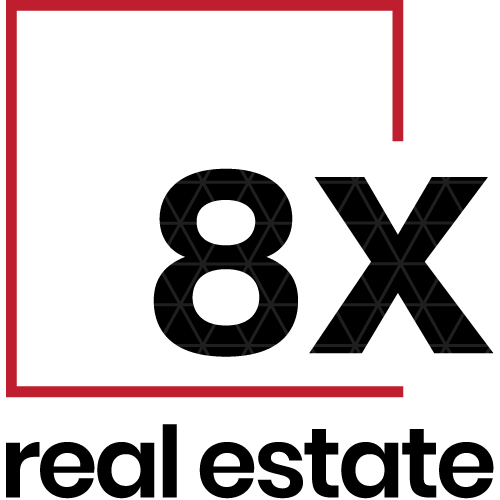The Bank of Canada has slashed its key lending rate by 50 basis points from 1.75% fo 1.25% amid economic pressures brought on by the COVID-19 virus outbreak.
While Canada’s economy has been operating close to potential with inflation on target, the COVID-19 virus is a material negative shock to the Canadian and global outlooks, and monetary and fiscal authorities are responding,” reads a statement issued by the central bank, backing its decision to cap a rate increase run that began in 2017
The lending rate had previously faced upwards pressure from a low of 0.5% that spanned from mid-2015 to mid-2017, and over a period of six quarters more than tripled to 1.75% where it remained until now.
The expectation is that prime rates will drop by the full 50 basis points, although there have been times when lenders have not passed along the full savings to their customers.
Often banks to keep some of those savings for themselves to shore up their own balance sheets, but RBC Royal Bank led the way yesterday evening by announcing the full 50-bps reduction to its prime rate. The rest of the country’s big banks quickly followed suit, save for National Bank of Canada (as of this posting).
Another exception is TD Bank’s mortgage prime rate, which remains 15 bps higher at 3.60%, as opposed to its regular prime rate of 3.45% that applies to Home Equity Lines of Credit.
And today’s rate drop may not only be the largest single adjustment in over a decade with its 50 point move, it could also be the first of several more that may see the rate return to pre-2018 levels
Victoria home buyers shopping for a fixed-rate mortgage can expect rates to fall and will likely approach the record lows of 2016. Anyone shopping for a home should check rates frequently as they will continue to decrease through the spring. The home buying process will become even more difficult as the low rates will increase buying power and bring more demand into the already hot market.


